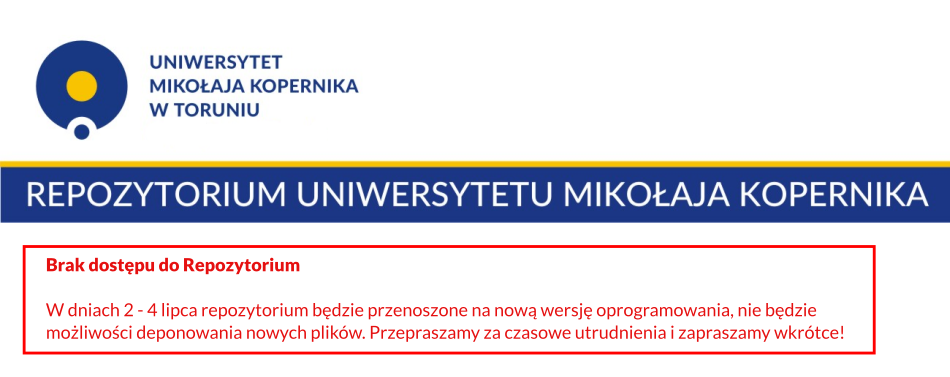| dc.contributor.author |
Kulwicka-Kamińska, Joanna |
| dc.date.accessioned |
2025-01-17T06:42:56Z |
| dc.date.available |
2025-01-17T06:42:56Z |
| dc.date.issued |
2022 |
| dc.identifier.citation |
Tefsir Tatarów Wielkiego Księstwa Litewskiego: XVI-wieczny przekład Koranu na język polski Wydanie krytyczne zabytku polskiej kultury narodowej. Komentarz pod red. J. Kulwickiej-Kamińskiej i Cz. Łapicza, Toruń 2022, s. 269-277 |
| dc.identifier.isbn |
978-83-231-4971-2 |
| dc.identifier.uri |
http://repozytorium.umk.pl/handle/item/7148 |
| dc.description.abstract |
Varying in time and place of origin, copies lead to conclusions about the evolution of rules and techniques of copying the manuscripts of the Tatars of the Grand Duchy of Lithuania. A comparative analysis of surah 114 in nine manuscripts of various chronology – in particular, an analysis of text gaps, copyists’ particularities, and glosses contained therein, resulted in establishing the sequence of links in the chain of mutually dependent copies. Owing to the comparison, established the relationships between the tefsirs: TCNB and TUP. They also occur between the manuscripts copied in Lithuania: TAL1, TW, and TCHJ. Although TL differs from the other tefsirs, one can point to its relations with TCNB, TW, and TAL1 as well as certain similarity to ChG. With regard to the development of recording techniques and the modernisation of subsequent copies of Tatar monuments, modifications, i.e. newer forms, occur in relation to – among other things – the graphemes used (e.g. the differentiation of the spelling of the phonemes o-u with wāw with ḍamma [u] and wāw with fatḥa [o]; the spelling of etymological ŕ as ž and, in the so-called transitional period, as a combination of rž or rš; the gradual displacement of the letter ḍād with ẓā’ until the latter predominated; the replacement of the letter ṣagīr-i-nūn with nūn; the spelling of the soft phoneme [s] with the letters ṯā’ (ś) or sīn (s̀), combined with the abandonment of the use of the letter (ڛ) in this respect, which was typical of some of the earliest texts, and occurred only as an exception in later copies of manuscripts; the proliferation of the letter ḥā’ (which replaced ḫā’) to mark the phoneme [x], inflectional forms (cf. old case endings coexisting with newer ones) or lexical forms. |
| dc.language.iso |
pol |
| dc.publisher |
Wydawnictwo Naukowe Uniwersytetu Mikołaja Kopernika |
| dc.subject |
manuscripts of the Tatars of the Grand Duchy of Lithuania |
| dc.subject |
textology |
| dc.subject |
comparison of different versions of surah 114 |
| dc.title |
Ewolucja zasad i technik kopiowania rękopisów Tatarów Wielkiego Księstwa Litewskiego |
| dc.title.alternative |
EVOLUTION OF THE RULES AND TECHNIQUES OF COPYING THE MANUSCRIPTS OF THE TATARS OF THE GRAND DUCHY OF LITHUANIA |
| dc.type |
info:eu-repo/semantics/article |

